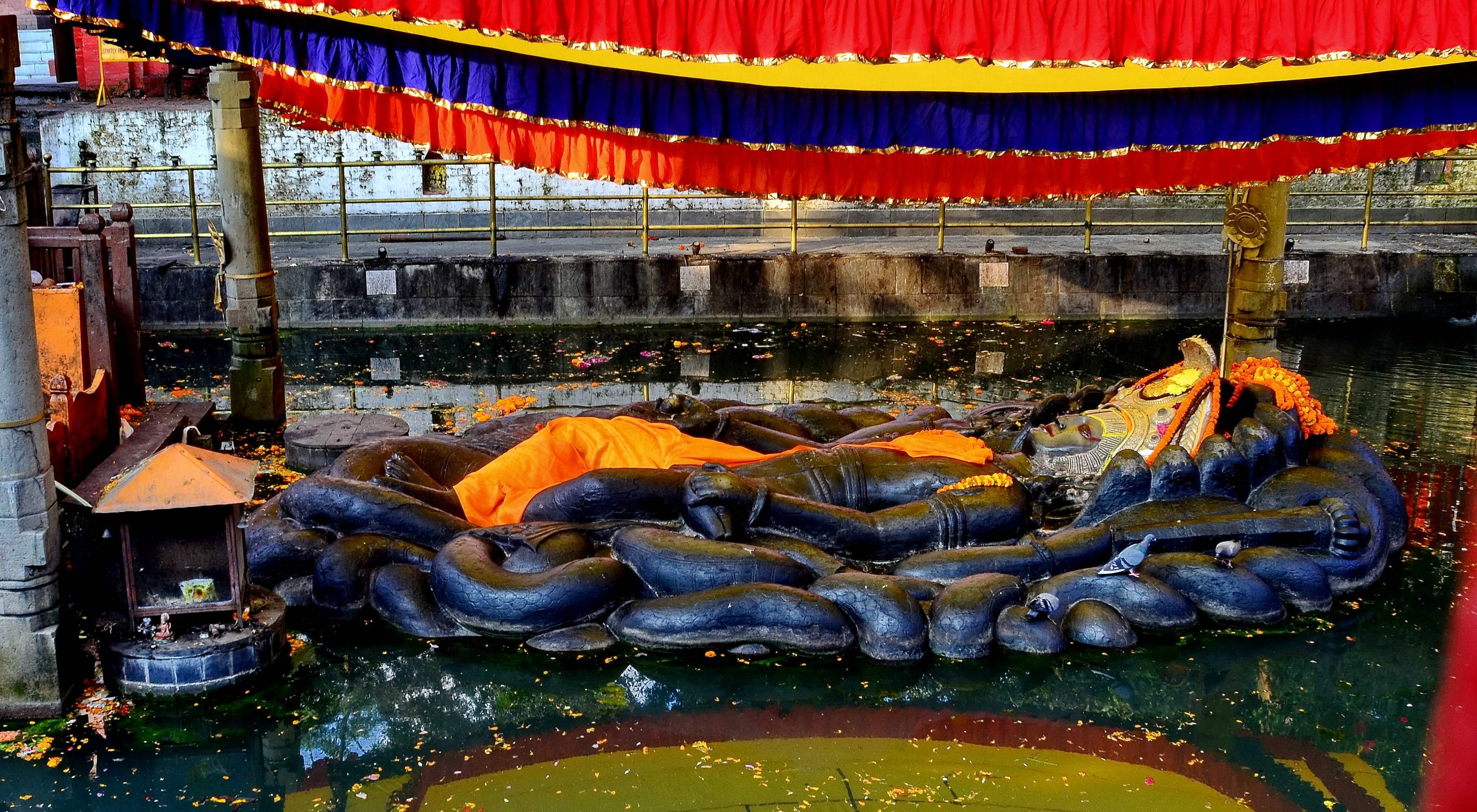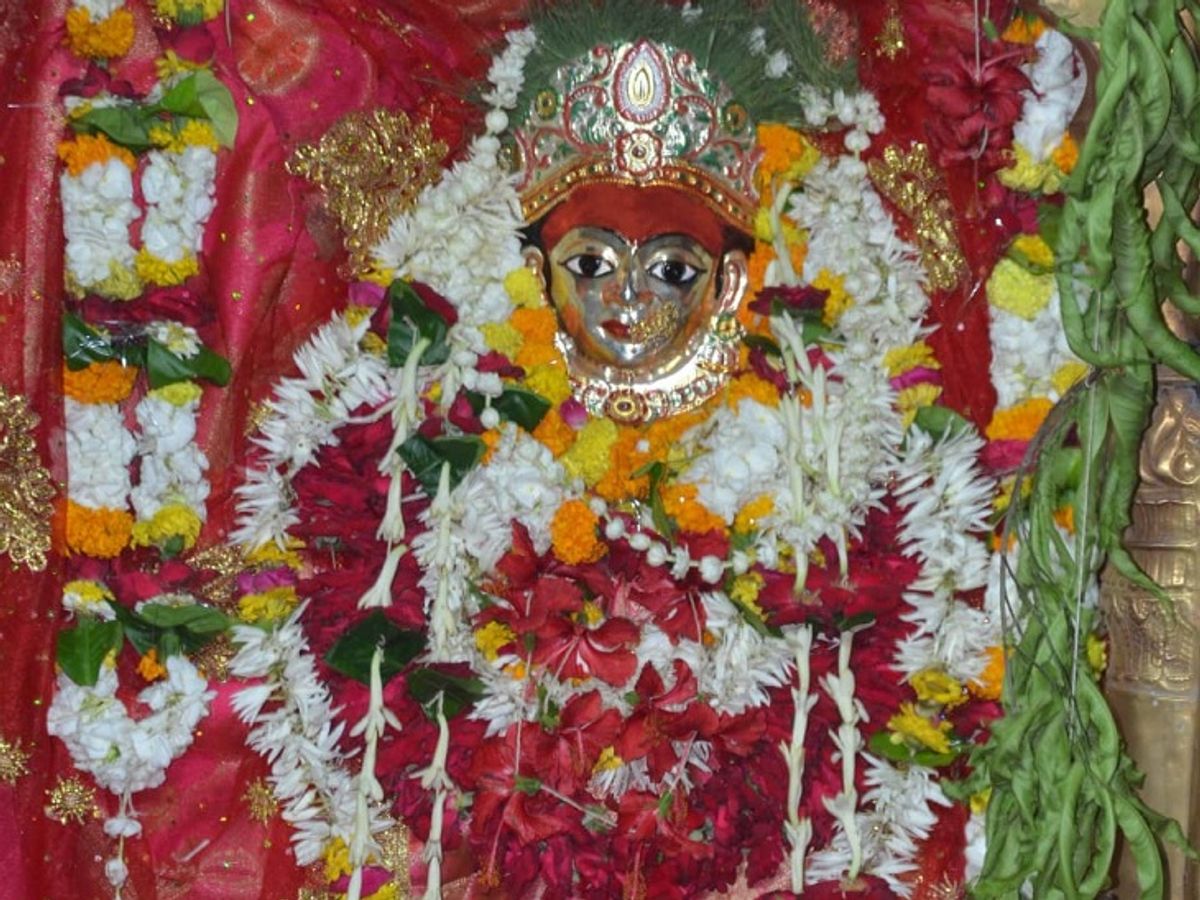Hanuman Jayanti is a Hindu festival that celebrates the birth of Hanuman Bhagawan. Hanuman ji is largely worshiped across the globe, especially in India and Nepal. Hanuman Jayanti is celebrated on different days in different parts of the country. In most of the country, it is celebrated in Chaitra Paksha, but, in Karnataka, Hanuman Jayanti falls in Shukla Paksha Trayodasi of Margashirsha month. Often called Hanuman Vratam, as per Gregorian calendar, it falls in the month of March or April every year.
Hanuman Jayanti
Hanuman Jayanti is an important festival of Hindus and is the most extensive festival celebrated in India. Shri Hanuman is known to be a great admirer of Shri Ram and known for his unshattered devotion and dedication towards Bhagawan Ram. Shri Hanuman is the powerhouse of energy and he has the divine power to assume any form at will anytime. He can jump through seas in seconds, carry the mountains in his hands, fly through the air, snatch the clouds and hold many divine weapons such as Gada and others. Shri Hanuman is worshipped as a Bhagawan who fights against evil and negatives. On his birthday, people visit his temple, offer him prayers and take Prasad of coconut, gram (chana) and holy water. Devotees also recite chants of Hanuman Chalisa and rhymes from Ramayana and Mahabharata. There are too many names of Bhagawan Hanuman such as Anjaniputra, Bajrangbali and Sankatmochan. He is son of Mata Anjana and Kesari and also mentioned as the son of wind god Pawan/Vayu Dev.
Hanuman ji also had five younger brothers, Shrutiman, Matiman, Dhritiman, Ketuman and Gatiman. Therefore, their dynasty is several years old. Hanuman ji derived his name from an incident, when he ate sun considering it as a fruit and got struck by Indra dev with a thunderbolt that broke his jaw. Thus, he is known to us as Hanuman, ‘Hanu’ means jaw and ‘maan’ means disfigured. Before that, he was called as Maruti. Despite being a Brahmachari, Hanuman ji has a son born out of the fish, Makardhwaja. When Shri Hanuman burnt Lanka and dipped his tail in sea to cool it down, his sweat was swallowed by a fish and she conceived. She gave birth to Makardhwaja.
He is also known as Vajrangabali/Bajrangbali because of the sindoor he applied on his body to give a long life to Ramji. As Bajrang means Sindoor he is called Bajrangbali. Bhagawan Hanuman and Bhima from the Pandava brothers of Mahabharata, were both brothers, as both were born by grace of Pawan dev.
DEITIES ASSOCIATED WITH THE FESTIVAL:
Shri Hanuman along with Bhagawan Ram and Sita ji is worshipped on this auspicious day. As mentioned in Puranas, Shri Hanuman is an incarnation of Bhagawan Shiva (eleventh Rudra), so Bhagawan Shiva is also offered prayers on the day of Hanuman Jayanti. Vighnaharta, Ganesha, is worshiped before starting the rituals of Hanuman Jayanti, to ensure a hassle-free puja. Planet Saturn is considered to be the grah for Hanuman ji and is also revered on the day, for devotion and selfless service.
ORIGIN AND SIGNIFICANCE:
According to scriptures, Shri Hanuman was born in the chaitra masa. His Mother, Anjana, was an apsara who was doomed to live on earth by a saint. His father was Kashyap, the son of Brihaspati. Anjana got rid of her curse after twelve years of long worship to Bhagawan Shiva and gave birth to Hanuman ji, an incarnation of Shiva. Ramcharit Manas beautifully describes the impact of Pawan Dev in transferring Bhagawan Shiva’s energy to Mata Anjana’s womb. Thus, Hanuman ji is also known as Vayuputra.
The story behind Hanuman Jayanti is that, once, Ayodhya king Dasaratha, was performing putrakamna yagyas and at the same time Mata Anjana was also worshipping Shiva for getting a son. King Dasaratha was asked to give a special savoury dish (kheer) to his three wives, to get sons. Coincidentally while distributing the pudding, a kite passed by, took some pudding with him and dropped it in the hands of Anjana at the moment when she was worshipping. She happily consumed it resulting in the birth of Shri Hanuman.
Bhagawan Hanuman being the incarnation of Shiva, is worshipped as a mark of immense power, knowledge. It is said that he is immortal and has strength to fight against all evils and lusts. He was an abiding devotee of Shri Ram and Mata Sita, and never showed and used his power without any purpose. On the day of Hanuman Jayanti, worshipping Bhagawan Hanuman helps devotees to gain all these virtues and become fearless. Bhagawan Hanuman was a naughty boy in childhood. One day, he ate the sun, considering it as a ripe fruit. In this process, when Rahu came in between, he defeated him. Finally, Indra dev harmed him with his Vajra. Knowing this, Vayu Dev got angry and snatched all the air off the planet. When Indra Dev came to know the truth and purpose of Hanuman’s birth, he gave life back to Hanuman and blessed him with several boons.
CUSTOMS, TRADITIONS AND RITUALS:
Bhagawan Hanuman is known for his persistent devotion to Shri Ram. It is believed that Hanuman ji was born at sunrise and so all rituals on his Jayanti, start during Brahma muhurta. People gather in temples early in the morning, to offer prayers to him, on the occasion of Hanuman Jayanti. They apply sindoor and tikka on their forehead from the murti of Hanuman ji, read Hanuman Chalisa, Bajrang baan and offer ladoo as Prasad. Offering coconut and gram (Chana) to Hanuman ji on this day is considered very important. Aarti and Bhajans dedicated to Shri Hanuman and mantra recitation persist throughout the day in Shri Hanuman temples of the whole city. Practices like charity and meditation are performed to make Shri Hanuman happy on this day. His devotion and surrender to Shri Ram were so pious and selfless, that Shri Ram promised him that he will be worshipped along with Shri Ram and Sita always. Tuesdays and Saturdays are Dedicated to Hanuman ji for getting his blessings.
PUJA VIDHI AND PUJA KATHA:
One should perform Puja of Hanuman ji in a very sincere way to please him and get his blessings.
- Devotees have to get up early in the morning and take a holy bath.
- Perform dhyana and sankalp of Hanuman puja in a sincere and right way.
- Place the image of Shri Hanuman ji on a wooden chowki, covered with yellow cloth.
- Light a ghee lamp and start puja by first offering prayers to Shri Ganesha to proceed for a hurdle free worship.
- Sprinkle some clean water on the Moola virat of Hanuman ji and perform Abhishek with panchamrit.
- Offer yellow cloth and kalava to murti of Bhagawan. Janeu, akshat, sandalwood paste, fresh red flower, incense and dhoop are also offered.
- Chant Hanuman chalisa and other Hanuman mantras.
- Offer bhog to Hanuman ji. We can also offer Tamboolam, an offering consisting of paan, betel nut, coconut, fruit and dakshina.
- Do the parikramas, perform aarti and seek blessings to forgive any mistake you made during puja.
Katha:
According to Ved Purana and Naradiya Purana, Naradji, once when attracted to a princess, went to Bhagawan Vishnu and asked him to make him look beautiful like him so that princess could choose him in swayamvar. Bhagawan Vishnu bestowed him with a Hari face that resembles the face of a vanar. When Naradji reached the swayamvar ceremony, the princess looked at him and started laughing. Naradji got humiliated by the mockery and went to Vishnuji in anger. He cursed him for giving him a monkey-like face. Vishnuji explained that he had made him vanar for his own good as marriage would destroy his powers. Now Naradji wanted to take that curse back, but Shri Hari replied that this curse also had a good purpose and would act as a boon. It is this same curse that led to the birth of Shiva’s rudra avatar as Shri Hanuman. On Hanuman Jayanti, as said in Shastras, all vanara chiefs pray to him in the banana garden. It is believed that praying to Hanuman ji removes all obstacles in life. Devotees celebrate the Jayanti by performing various rituals and observing a long day fast. Recitation of Akhand paath and Sundarakanda is organised on this auspicious day.
Mantras:
Hanuman Moola Mantra:
Om Shree Hanumate Namah|
Hanuman Gayatri mantra:
Om Anjaneya VidmaheVayuputraya Dimahi |
Tannu Hanumat Prachodayat ||
Manojavam Mantra:
Manojavam Marutatulyavegam
Jitendriyam Bidhivatam Varishtham |
Vatatmajam Vanarayuthamukhyam
Shri Ramadutam Shranam Prapdaye ||
CELEBRATIONS ACROSS THE COUNTRY:
The occasion of Hanuman Jayanti is celebrated twice in a year. In southern India, it is observed on Chaitra Poornima, while in Northern India, it is celebrated in Krishna paksha. Hanuman Jayanti is usually observed on Tuesdays all over the world. It is said that Hanuman ji was a brahmachari. So, women cannot touch his murti to worship and can only offer prayer from a distance.
In Tamil Nadu and Kerala, Hanuman Jayanti is celebrated on the new moon day of Dhanu month. Whereas, in Telangana and Andhra Pradesh, it is celebrated by offering a diksha of 41 days. In Maharashtra, it is celebrated on the full moon day of Chaitra paksha.
BENEFITS OF CELEBRATING HANUMAN JAYANTI:
- It helps in solving mental problems and hacks, releases stress, worries and relieves people from trauma due to personal or professional reasons.
- He is known as the symbol of Power and Health, thus, restores a person’s health in vital cases.
- Hanuman is known as Sankat mochan who helps to overcome conflicts and removes barriers.
- Blesses students for success in examinations.
- Significant in removing the Graha
Jai Shri Ram!




One Response
Jai Shree Ram.🙏🌼🌿
Jai Hanuman ji.🙏🌹